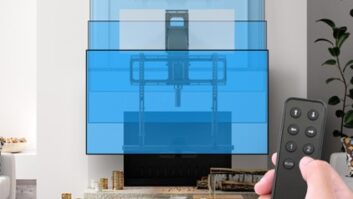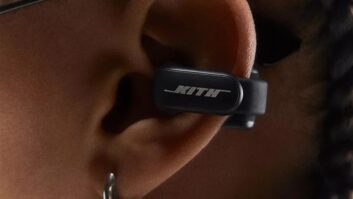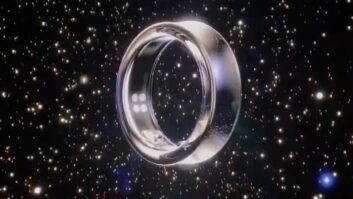
Companies are gobbling up one another so often these days that most acquisitions go by without a second thought.
Sure, the entire world stood up and took notice when Apple bought Beats for $3 billion, but that was rare for any industry. Before and since the sale of Beats many companies have been acquired, and many with fewer to no headlines to speak of.
For example, Logitech recently bought the sports-tech company Jaybird for $50 million, and HoMedics bought the headphone brand SOL Republic for an undisclosed amount, with far less fanfare to commemorate these events.
So why does one company command a price tag in the billions and another in the millions or less?
To better answer this question let’s look at the recent purchase of the French wearable company Withings by Nokia for $191 million. This price tag is certainly not chump change, but given the size of the market and the position of the Withings brand inside of that market, I question why it sold for such a low amount.
The wearable market has experienced exponential growth since its inception, having gone from $240 million in annual sales in 2011 to nearly $6 billion by 2016. That’s a 2,500 percent increase in five years.
During the same time period the headphone market hasn’t experienced half of this growth, according the Consumer Technology Association (CTA).
So again my question is, why does Beats sell for $3 billion and industry elite Withings for only $191 million?
In a word: brand.
Withings has no strong brand recognition in the U.S. market regardless of the fact that it enjoys a very strong position in Europe. The wearable category has a few major players but only one enjoys universal brand recognition and that’s Fitbit. In fact, Fitbit is so recognizable that its brand name is now ubiquitous with activity trackers in general.
For example, I was recently testing a Jawbone Up and on numerous occasions I was asked how I liked my Fitbit. And one time, when I responded with “It’s a Jawbone Up” they said, “I didn’t know Jawbone made Fitbits.” The experience was very telling with regards to the power of a strong brand.
Ask yourself this: Would you be surprised if Fitbit sold for a billion dollars? I don’t believe anyone would be.
Building a strong brand is all about the creation of meaning and the power of story. How you build this meaning is through your communication devices and how well you craft those messages. The rub of brand building is that it takes time, and time is in very short supply in the consumer tech industry. Speed to market and sales rule the land because their effects are immediate. Very few companies take the time or spend the money to establish a strong foothold in the market, but for those who do the payoff is massive.
So let’s look at a couple of examples to see how successful brands create meaning that raise their value.
Withings vs. Fitbit
Both companies launched their products into the market at about the same time, so they both had the same chance for success. The big difference between the two was the message they sent into the world.
Fitbit created a simple promise and fulfilled it: Wear this device and it will tell you if you’ve walked 10,000 steps today. If you’ve walked your 10,000 steps then you will lose weight. Hence Fitbit’s meaning = lose weight, a strong, simple message that resonated with the public.
Now look at Withings and their promise to the world: We make products that help you monitor your heath from a 360-degree perspective. We make activity trackers both sporty and fashion forward, plus scales, blood pressure monitors and sleeping systems. Hence Withings meaning = ??? Its meaning is more of a riddle, and when faced with it the public just tunes out.
Beats vs. SOL Republic
Hear the music the way the artist intended — this is the story the Beats brand is telling, and why anyone should care. Don’t you want to hear the music the way the artist that created it meant you to hear it? Damn right I do! And then you get a legendary producer like Dr Dre backing up the statement, which lends it authenticity.
On the other hand, I’m not sure how SOL’s “Soundtrack of Life” pertains to headphones. I understood the idea when Steve Jobs coined the phrase to describe the 1,000 songs that fit on his revolutionary iPod, but when that statement was borrowed to help SOL Republic headphones create meaning, it comes across as a bit convoluted. How does a pair of headphones fulfill the brand promise of “soundtrack of life?”
The goal of every brand is to earn a place in the mind of its customers. This is a very coveted place and not easily earned, but through effective communication and authenticity it can be achieved over time.
The best way not to do so is by presenting the public riddles that confuse or disconnect your messages from their desired targets. By doing so you hinder your ability to effectively communicate and earn trust.
At the end of the day it’s this trust that invites you into your customers’ lives. These things are the building blocks of a brand and the “stuff” that billion-dollar price tags are made of.
Jamie Capozzi is a brand consultant who “creates crave” for some of the world’s leading technology brands. He can be reached at (415) 716-5954. For more information visit TheoryAssociates.com.













